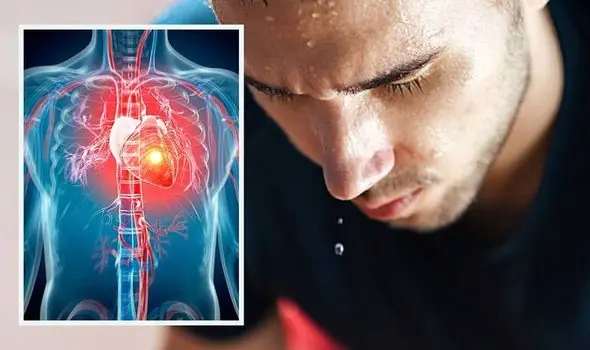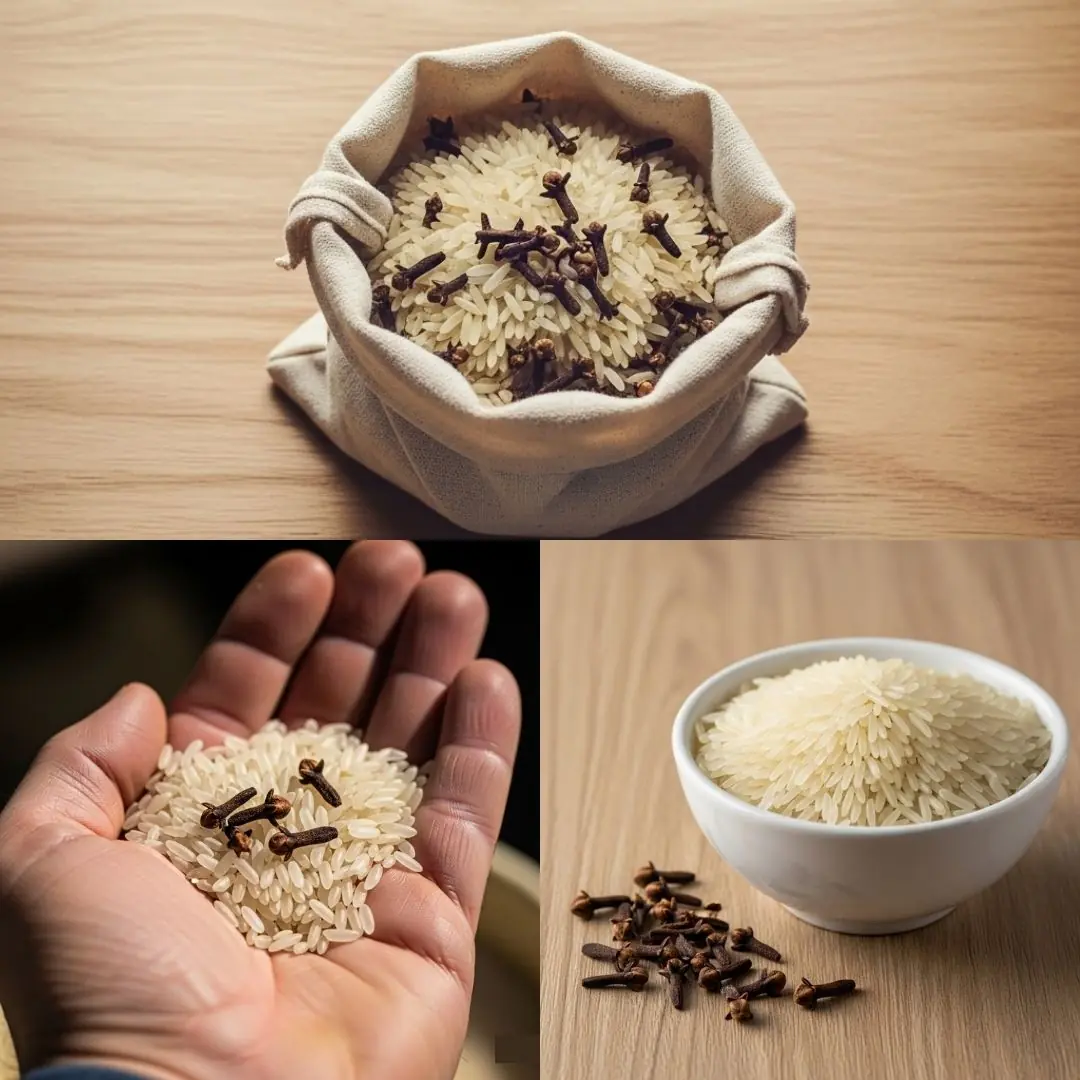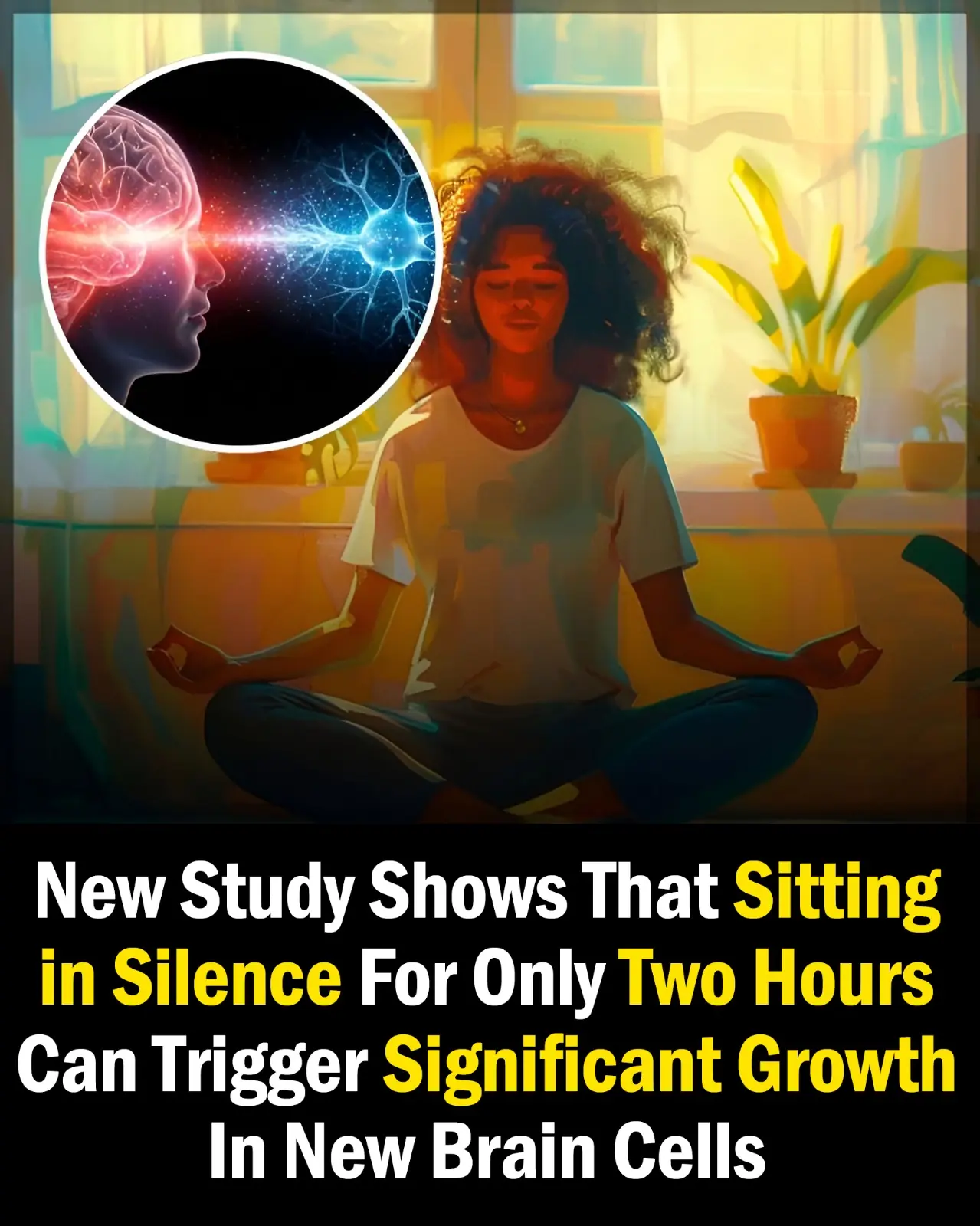
Every Breath You Take Alters Your Visual Perception
Understanding the Phenomenon
The recent findings from Karolinska Institutet offer a remarkable glimpse into the unexpected ways our bodies interconnect. The study, involving more than 200 participants, highlights a straightforward yet profound truth: the act of breathing—something so innate that we scarcely give it a second thought—plays a crucial role in how we visually interact with the world around us. The researchers discovered that with each breath we take, particularly during the phases of inhalation and exhalation, our pupils undergo significant changes in size.
This pupil size fluctuation is controlled by the brainstem, an area of the brain that manages many of our basic bodily functions. Traditionally, scientists understood three main factors that influence pupil size: ambient light levels, focus distance, and cognitive load, which includes elements such as emotional state or mental exertion. However, this new research adds a fourth factor—breathing.
During inhalation, pupils were observed to constrict, becoming smaller, while during exhalation, they dilate, becoming larger. These changes, although seemingly minor, have a substantial impact on our visual capabilities. Smaller pupils during inhalation enhance our ability to see fine details by reducing the amount of light entering the eye and sharpening focus. Conversely, larger pupils during exhalation improve our ability to detect faint or large objects in our peripheral vision by allowing more light to enter, enhancing sensitivity to visual stimuli.
What’s particularly intriguing is that this response is not influenced by the olfactory bulb, the part of the brain traditionally associated with the sense of smell and nasal breathing. This indicates that the pupil’s response to breathing is a fundamental, evolutionarily preserved trait managed directly by the brainstem, independent of other sensory inputs. This discovery opens up a myriad of questions about the other possible influences our breathing could have on brain function and sensory perception, far beyond just vision.
Research Findings
Researchers found consistent evidence that pupil size fluctuates with the rhythm of breathing—contracting during inhalation and expanding during exhalation—regardless of whether participants breathed through their noses or mouths, or whether they were engaged in a restful state or involved in active visual tasks. These effects were noted across different lighting conditions and with varying distances of fixation points, underscoring the inherent and universal nature of this response.
One of the most striking aspects of these findings is the magnitude of the change in pupil size, which was significant enough to potentially influence visual perception. The researchers conducted five different experiments to ensure the robustness of their results. In one experiment, participants were asked to focus on visual tasks while their breathing and pupil size were monitored. This setup allowed the researchers to observe real-time changes in pupil size aligned with the breathing cycle and directly correlate these changes with visual performance.
The data consistently showed that smaller pupils during inhalation helped participants focus better on detailed tasks, enhancing visual acuity and depth of focus. During exhalation, when pupils were larger, participants were better at detecting faint or larger objects, which could have implications for activities requiring broad visual awareness, such as driving at night or navigating in dimly lit environments.
This unique coupling of the respiratory and visual systems was also tested in individuals lacking an olfactory bulb, and remarkably, the phenomenon persisted. This finding suggests that the mechanism is likely controlled by a more primitive part of the brain—the brainstem—indicating a fundamental evolutionary trait that impacts vision.
The Science of Pupil Dynamics
Pupil dynamics, essentially how the pupil dilates or constricts, is crucial for optimal visual performance and is managed by the autonomic nervous system. This system operates largely outside of our conscious control and handles tasks like heart rate regulation, digestion, and yes, pupil adjustment. The dilation and constriction of the pupil are mediated by the radial and circular muscles of the iris, which respond to both internal stimuli (like cognitive load and emotional changes) and external stimuli (such as changes in light).
What makes the breathing-related pupil response fascinating is its cyclic and ever-present nature. Unlike reactions triggered by external environmental changes or internal emotional states, which may occur sporadically, the changes in pupil size related to breathing happen with every breath we take. This suggests a constant and seamless integration of visual processing with our respiratory rhythm.
This integration is managed by the brainstem, a fundamental structure in the brain responsible for basic life functions. The brainstem’s involvement indicates that the pupil’s responsiveness to breathing is a deeply ingrained physiological response, likely serving an evolutionary purpose. The evolutionary angle might be tied to the need for organisms to optimize their visual perception continuously in response to both the environment and their physiological states, ensuring survival and adaptability.
By adjusting pupil size with each breath, the body can fine-tune how much light enters the eye and how information is processed by the retina. During inhalation, a smaller pupil sharpens focus and enhances the resolution of details. In contrast, during exhalation, a larger pupil increases sensitivity to light, which is crucial in low-light conditions. This natural adjustment might have offered evolutionary advantages by aligning visual acuity with the rhythmic patterns of day and night activities or with the physical exertions of breathing during movement or rest.
Practical Applications
The insights gained from understanding how breathing influences pupil dynamics hold significant practical applications, particularly in enhancing visual performance and overall cognitive function. These applications extend beyond the realms of basic science to impact daily activities, professional environments, and clinical practices.
Enhancing Daily Visual Tasks: For individuals engaged in activities requiring acute visual focus—such as reading, intricate crafting, or detailed mechanical work—the knowledge that inhalation can sharpen focus might be used to time breathing with moments needing precise visual attention. Conversely, understanding that exhalation allows for broader visual awareness could help in situations where peripheral vision is crucial, such as driving, sports, or monitoring a wide area for safety.
Stress Management and Visual Acuity: Stress often leads to shallow, rapid breathing, which might now be understood as impacting visual clarity due to less optimal pupil dynamics. By employing controlled breathing techniques to manage stress, individuals can potentially enhance their visual acuity and cognitive focus. This has implications for high-pressure roles in fields like aviation, medicine, and emergency response, where visual clarity and cognitive function are critical.
Clinical Implications and Neurological Screening: The findings from this research could pave the way for new diagnostic tools in neurology. For example, observing how the pupil responds to different breathing patterns could become a part of neurological examinations to assess brainstem function or detect early signs of neurological damage or disease, such as in Parkinson’s disease or after traumatic brain injury.
Optometry and Vision Care: This new understanding could influence practices in optometry and vision care, with eye care professionals considering respiratory patterns as part of their vision exams or in the design of vision therapy sessions. Techniques that incorporate breathing exercises could be developed to improve patients’ control over their focus and field of vision.
Enhanced Cognitive Training Programs: Cognitive and sensory therapies could incorporate breathing techniques to exploit the inhalation-associated focus enhancement and exhalation-associated peripheral detection benefits. Such approaches might be especially beneficial in training individuals with sensory processing disorders or attention deficit disorders.
Public Health and Wellness Initiatives: Awareness campaigns and wellness programs could educate the public on the simple yet effective technique of mindful breathing to improve not just respiratory health but also visual and cognitive function. This could be particularly appealing in wellness-focused environments, emphasizing holistic approaches to health.
Personal Health Insights
The connection between breathing and visual perception not only opens new avenues in scientific research but also provides valuable insights for personal health management. By understanding and applying this knowledge, individuals can take proactive steps to enhance their visual and cognitive capabilities through mindful breathing practices.
Visual Strain and Fatigue Management: In our digital age, many people experience visual strain and fatigue from prolonged screen use. Knowing that inhalation can enhance detail focus while exhalation aids in object detection provides a practical approach to managing these symptoms. Intentional breathing exercises can be integrated into regular breaks from screen time, helping to relax the eye muscles and adjust the pupil dynamics for optimal visual function. For instance, focusing on deep, slow breaths can help alternate between phases of detailed work and broader visual relaxation, potentially reducing the overall strain on the eyes.
Mindful Breathing for Improved Focus: Mindful breathing has long been a cornerstone of various meditation and wellness practices, touted for its benefits in reducing stress and enhancing concentration. The link between breathing and visual perception adds a layer of understanding to how these practices might improve cognitive functions, including attention and visual processing. Regularly practicing mindful breathing can help individuals not only in calming their minds but also in sharpening their visual perception, which is beneficial in both personal and professional contexts.
Daily Visual Performance Enhancement: For tasks that require varied visual focus, such as driving, cooking, or participating in sports, understanding how to use breathing to switch between detailed and broad visual awareness can enhance performance and safety. By consciously regulating breathing patterns during different activities, individuals can adapt their visual acuity to the needs of the moment, whether that’s focusing closely on a fast-moving object or surveying a wide landscape.
Enhanced Cognitive and Sensory Therapy: For those undergoing cognitive or sensory therapy, especially individuals dealing with sensory overload or attention challenges, incorporating breathing techniques can be a useful tool. Therapists might use guided breathing exercises to help patients manage their sensory processing and attention focus, leveraging the natural physiological responses of pupil adjustment to aid in therapy.
Preventive Health Practices: Understanding the impact of breathing on visual and cognitive functions might encourage individuals to adopt healthier breathing habits as part of a preventive health strategy. This could include training sessions to promote diaphragmatic breathing, which not only enhances lung capacity but also potentially optimizes visual perception and cognitive function.
Breathing New Life into Visual Health
As we delve into the intricate connections between seemingly unrelated bodily functions—like breathing and visual perception—we gain profound insights into the body’s complex interplay. The groundbreaking research from Karolinska Institutet has illuminated a fascinating link, showcasing how every breath we take influences our visual acuity. This discovery not only enhances our understanding of human physiology but also provides practical applications that can improve our daily visual experiences, cognitive functions, and overall well-being.
Through mindful breathing, we can potentially fine-tune our visual capabilities, enhance cognitive performance, and manage visual strain more effectively. These findings encourage a holistic view of health, where simple, everyday actions like breathing can have significant impacts on our sensory experiences and cognitive abilities. As we continue to explore these connections, we can look forward to developing more nuanced approaches to health and wellness that harness the natural, rhythmic processes of our bodies.
Embracing this knowledge can empower individuals to make informed choices about their health, utilizing the power of breath to not only sustain life but to enhance the quality of their sensory and perceptual experiences. This research paves the way for a deeper understanding of how we can live more harmoniously within our bodies, optimizing our functions through the simple act of breathing.a
News in the same category


The first animal you spot in this visual reveals your ‘worst flaw’

People Shocked To Learn What Apollo 11 Astronauts Left Behind As Life Insurance

NASA Claims China’s Giant Dam Is Quietly Changing Time And Earth’s Balance

One Gram of DNA Can Store Around 215 Petabytes. More Data Than All of YouTube!

The Longest Walkable Distance On Earth Which No One Is Known To Have Completed

This Military Sleep Method Helps You Fall Asleep In Less Than Two Minutes

Japan On Edge: Scientists Warn 82% Chance Of Megaquake That Could Kill 300,000

Popular Medications Millions Of People Take At Night Have Been Linked to Disabilities

10 Popular Ultra-Processed Foods Now Linked to Cancer, Study Confirms

A 9th-century onion and garlic remedy just killed 90% of antibiotic-resistant MRSA in lab tests

“If you’re that depressed, reach out to someone. And remember, suicide is a permanent solution to temporary problems.” – Robin Williams

The world’s first lung cancer vaccine enters clinical trials in seven countries

Your Brain Is Still Feeling the Impact Of The Sleep You Got Two Weeks Ago, Science Says

Why You Should Blur Your House On Google Maps Before It’s Too Late

Harvard Prof Says Ancient Mars Was Home To Civilization Destroyed By Extraterrestrial Nuke

Former Bush Official Claims U.s. Built $21 Trillion Underground City For Elites To Survive Doomsday

Veteran Hacker Reveals Most Terrifying Dark Web Encounters After 30 Years Online
News Post

Can You Spot the 6 Hidden Words in This Living Room Image?

Your Body's Silent Alarms: 9 Subtle Signals of a Heart Attack, Up to a Month Before It Strikes

31 Foods Experts Say You Should Avoid (Or Severely Limit)

Heart Surgeon Warns: 4 Foods and Drinks You Should "Always Avoid" to Protect Your Body

The first animal you spot in this visual reveals your ‘worst flaw’

Nature’s Secret Superfood: Why Purslane Is the Game-Changer Your Health Needs 🌿

🚫 Say Goodbye to Weevils: Easy Tips to Keep Your Beans and Rice Safe

People Shocked To Learn What Apollo 11 Astronauts Left Behind As Life Insurance

NASA Claims China’s Giant Dam Is Quietly Changing Time And Earth’s Balance

One Gram of DNA Can Store Around 215 Petabytes. More Data Than All of YouTube!

The Longest Walkable Distance On Earth Which No One Is Known To Have Completed

12-year-old girl dies of rare cancer—parents noticed worrying sign as she brushed teeth

Just Two Hours of Sitting in Silence May Spark Growth of New Brain Cells, Study Finds

This Military Sleep Method Helps You Fall Asleep In Less Than Two Minutes

Japan On Edge: Scientists Warn 82% Chance Of Megaquake That Could Kill 300,000

Purslane: The Humble Backyard Superfood You’ll Wish You’d Known Sooner

🥒🍋 Mix Chayote and Lemon — You'll Thank Me When You Discover What It's For!

Popular Medications Millions Of People Take At Night Have Been Linked to Disabilities


